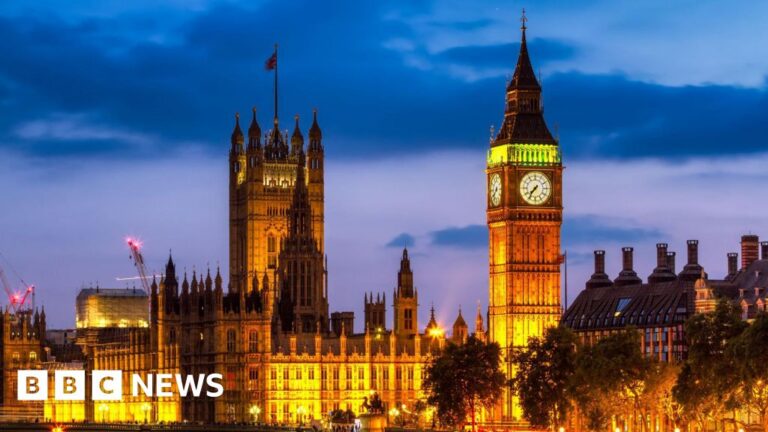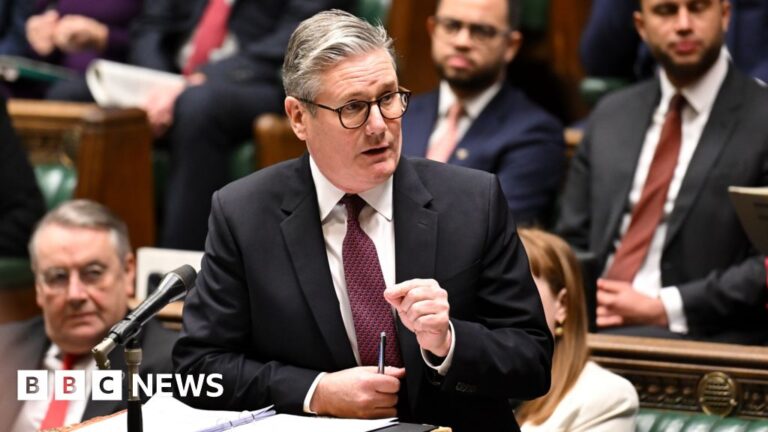When Sir Keir Starmer was preparing to run for the Labour leadership in 2020, his campaign director told him what mattered to the party. Morgan McSweeney emphasised that whatever their faction, Labour members shared certain core principles, and top of the list was a commitment to combatting poverty and defending the welfare state.
That is why any Labour politician treads carefully when looking at welfare reform.
This government, though, is not just looking at reforming welfare – it is preparing to put it at the heart of its economic agenda.
In Rachel Reeves’s big speech on growth this week, she vowed that to achieve “fundamental” reform of the welfare system, the government would look at areas that have been “ducked for too long, like the rising cost of health and disability benefits”.
The question is being frantically addressed between the Treasury and the Department of Work of Pensions (DWP) right now. Liz Kendall, the work and pensions secretary, will present a “green paper” – or policy proposals – on welfare reform in just over a month, designed to demonstrate how serious the government is about finding ways to get more people into work – and save money from the welfare budget.
Ministers are concerned by a situation in which the amount of people who are in receipt of certain benefits has surged. Meanwhile, the Treasury needs to ensure that it is not on course to break its own self-imposed fiscal rules.
Source link




